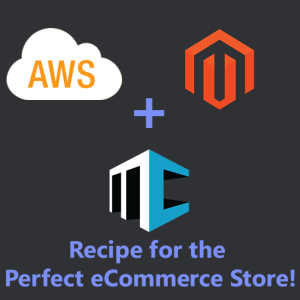 Every industry / vertical has Big 3 companies like we have seen in the past from Automobiles to Software. When it comes to offering Cloud platform, Amazon leads the pack with AWS, Microsoft’s Azure is a distant second and Google is the clear #3. Time to Market and Investments helped Amazon launch Amazon Web Services in 2006 versus Azure and Google Cloud Platform coming on in 2010 and 2013 and Microsoft having since committed more heavily in the space than Google.
Every industry / vertical has Big 3 companies like we have seen in the past from Automobiles to Software. When it comes to offering Cloud platform, Amazon leads the pack with AWS, Microsoft’s Azure is a distant second and Google is the clear #3. Time to Market and Investments helped Amazon launch Amazon Web Services in 2006 versus Azure and Google Cloud Platform coming on in 2010 and 2013 and Microsoft having since committed more heavily in the space than Google.
The path each company took is different as each player has borrowed from heritage and experience earned from their principal operations to establish their position in the cloud computing landscape. AWS is leveraging its massive scale and commitment to investment to further consolidate share, Microsoft looks to catalyze its existing enterprise relationships to steadily bring companies into the cloud, and Google seeks to use its agility, large computing capacity and machine learning technology to position itself where it thinks the cloud is going.
AWS occupies the mainstream part of the market, selling to new-age start-ups and established enterprises as the player that is delivering on mainstream requirements. AWS is both innovating on the leading edge of cloud services and likely supports the vast majority of start-ups today, while also innovating in terms of making cloud services accessible to corporate / enterprise customers.
Microsoft’s Azure is mostly focused on selling services to corporate / enterprise customers moving more slowly / conservatively than start-ups to the cloud. Microsoft has certain offerings that it can uniquely provide due to its server products run on prem by most corporate / enterprise customers. For example, integrated database back-up / replication and identity services based on Active Directory.
Google has been very disciplined in building services based on its own internal cloud platform that are exposed to external customers. Its breadth of services is more narrow than AWS and Azure. selling to “born in the cloud” start-ups and other leading edge customers that have requirements well suited for the Google platform – mostly embracing Platform as a Service.